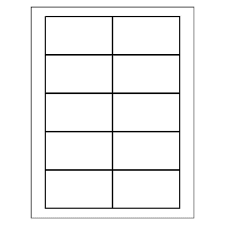I hope that your summer has been a restful and enjoyable one, as we embark on our eighth grade journey to learn and explore new concepts and ideas in the coming months. Meanwhile, if you are planning to come prepared on the first of the school year, here is the suggested list for school supplies for 8th graders that covers ALL of your classes:
- 2 Boxes of tissues
- 3 Containers of disinfectant wipes
- 1 Bottle of hand sanitizer
- Good Supply of #2 Pencils
- Erasers
- Small Stapler
- White out
- Red pens (a pack of 5)
- Colored Pencils (24)
- Markers
- Black pens
- Highlighters
- Wide ruled paper
- 6-9 single subject spiral notebooks
- Rulers-all graphs much be drawn with a straight edge
- Crayola Dry Erase Markers/eraser
- Glue sticks
- Scissors
- 2 pocket folders with prongs, one for each class (Math, Science, Language Arts, Reading, and Social Studies)
- Math class: One HEAVY DUTY OR ULTRA DUTY, 1 1/2″ to 2”, three-ring binder with window pane for cover sheet
- At least 8 divider tabs for binders
- Calculator- TI – 30X II S or Ti 84 or other graphing calculator. An investment into a good calculator can go a long way!
- Zippered Pencil pouch
- For Computer Class: Auto or lead pencils, a plain folder with prongs and pockets, A good set of headphones or earbuds and an 8GB (or higher) Thumb Drive

